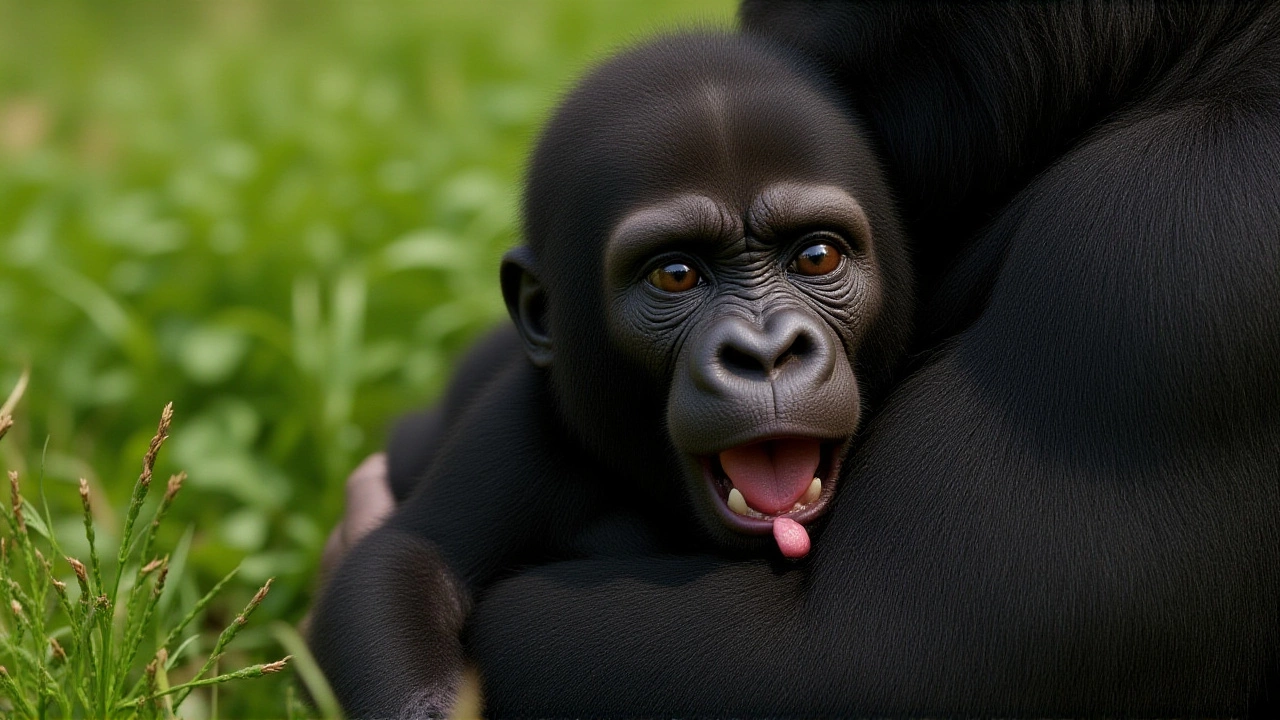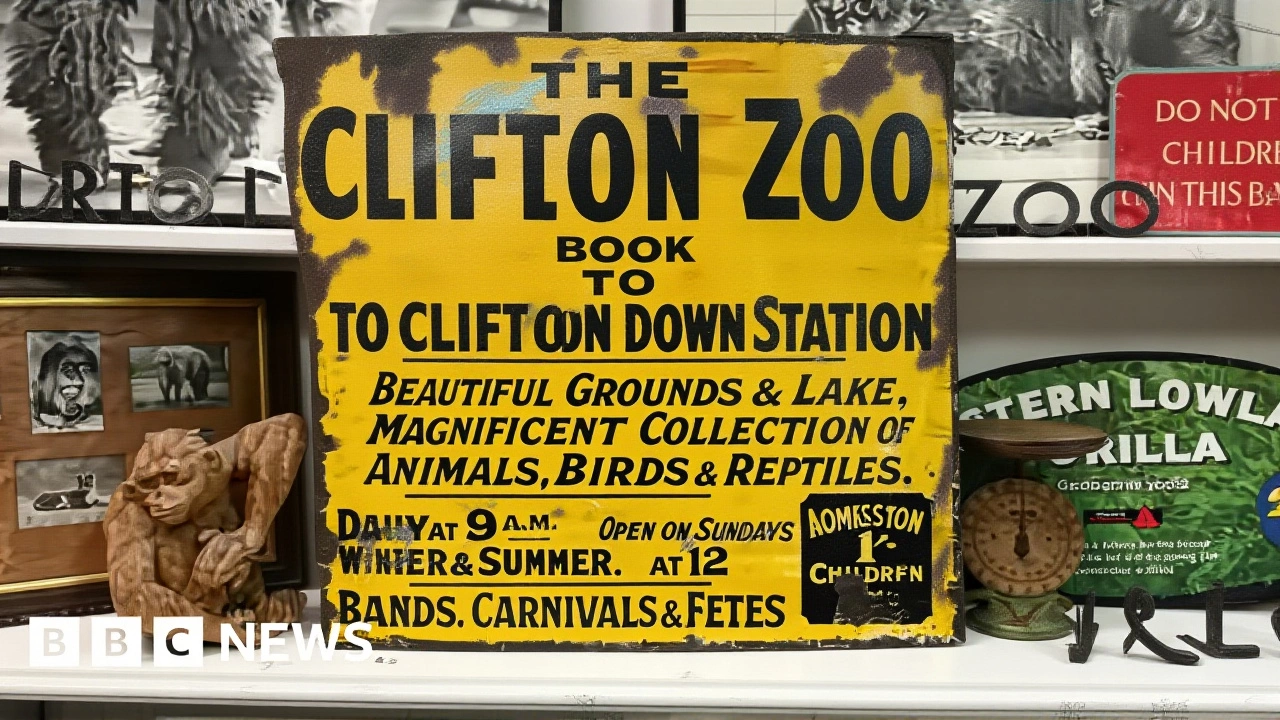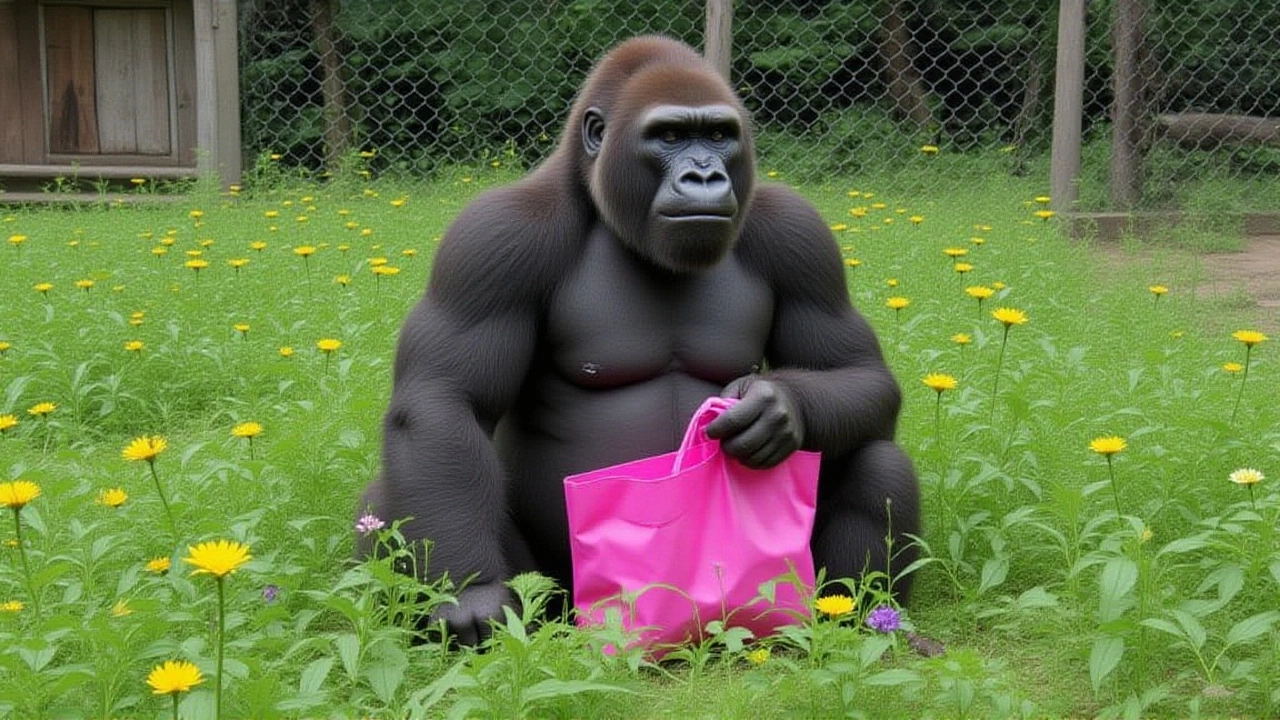
When Juni received his name on April 19, 2021, the announcement rippled through the UK’s conservation community. The six‑month‑old western lowland gorilla, born in the final weeks of October 2020 at Bristol Zoo Gardens in Clifton, Bristol, was christened by blending his mother’s name, Touni, with his father’s, creating a tribute that honors lineage and highlights the species’ fragile future.
History of the Gorilla Troop at Bristol Zoo
Bristol’s gorilla family has been a staple of the zoo since the 1990s, participating in the European Endangered Species Programme (EEP) that coordinates breeding across 63 institutions. Over the past two decades, the troop has produced several infants, each adding valuable genetic diversity to a species that the IUCN lists as critically endangered. In the wild, numbers have slumped by more than 60% due to habitat loss, illegal hunting, and Ebola outbreaks.
Back in October 2020, the birth of Juni and his brother Hasani was celebrated as a beacon of hope. However, the little ones didn’t have it easy. Early health complications forced keepers to hand‑rear Juni for several weeks, a labour‑intensive process that involved round‑the‑clock feeding and constant monitoring.
Naming Ceremony and Juni’s Early Life
The naming ceremony was covered by the Jersey Evening Post, which noted that the name "Juni" directly reflects both parents: "J" from the father and "uni" from the mother Touni. Keeper Sarah Mitchell, who has overseen the gorilla troop since 2018, said, "We wanted a name that kept the family bond front and centre. It reminds visitors that these are living families, not just exhibits."
After the hand‑rearing stint, Juni was reintroduced to Touni. The mother, a seasoned matriarch, has been gently coaxing him away from the breast—a process that can take up to four years in wild gorillas. "Juni is still breastfeeding, but Touni is trying her best to wean him," the zoo’s education team wrote in a later fact sheet.
Conservation Significance
Every new western lowland gorilla born in captivity serves a dual purpose: bolstering the EEP’s genetic pool and raising public awareness. The species’ gestation lasts about 257 days, mirroring humans, and females typically give birth only once every four to six years. That scarcity makes each infant a precious resource.
According to the latest EEP data, there are 312 western lowland gorillas living in European zoos—a modest number that nevertheless offers a safety net against total extinction. "Juni’s existence helps keep the gene bank robust," explains Dr. Helen Barnes, a primatologist at the University of Bristol. "If wild populations continue to dwindle, these captive lineages could become crucial for any future re‑introduction programmes."

Current Care at the Closed Zoo Site
When Bristol Zoo Gardens shut its doors to the public on September 3, 2022, the gorilla troop didn’t pack up and move. Instead, a dedicated 15‑member keeper team stayed on site, maintaining the same daily routine: feeding at 9:00 AM and 3:00 PM GMT, enrichment at 11:00 AM, and monitored outdoor access from 7:00 AM to 7:00 PM. The keepers work closely with veterinarians from Bristol Veterinary School, which conducts bi‑weekly physical exams and daily behavioural observations. Recent reports from October 17, 2025, note that the gorillas are "doing well" despite increased security measures after three trespasser incidents earlier that month.
Visitors can no longer stroll through the enclosure, but pre‑approved supporters still get scheduled visits, ensuring the animals receive enrichment from fresh human interaction—a vital component of primate welfare.
Future Relocation Plans
The ultimate destination for Juni, Hasani, Touni, and their extended family is the new 136‑acre African Forest habitat at Bristol Zoo Project in South Gloucestershire, roughly seven miles from the original site. Construction delays, compounded by security concerns, have pushed the move back, but zoo officials envision a phased introduction lasting six months once the habitat is complete.
"The African Forest will mimic the gorillas’ natural environment far better than the old concrete enclosures," says project director Mark Evans. "We’re planning large climbing structures, riverbanks, and plenty of foliage for natural foraging. It’s a game‑changer for their physical and psychological health."

Broader Implications for Species Survival
Juni’s story underscores a larger narrative: captive breeding is not a luxury; it’s becoming a necessity. With wild populations under constant threat, institutions like Bristol Zoo Gardens serve as both ambassadors and reservoirs of genetic diversity.
Educators leverage Juni’s name origin to teach school groups about lineage, genetics, and the importance of protecting habitat. The zoo’s outreach program reports a 27% increase in conservation‑related donations after the naming ceremony, suggesting that personal stories resonate more than abstract statistics.
Frequently Asked Questions
How does Juni’s birth help western lowland gorilla conservation?
Each infant adds a fresh set of genes to the European Endangered Species Programme, which currently manages 312 gorillas across 63 zoos. This genetic diversity is essential for maintaining a robust captive population that could support future re‑introduction efforts if wild numbers continue to fall.
Why is the gorilla troop still at the closed Bristol Zoo site?
Construction of the new African Forest habitat has been delayed, and recent trespasser incidents forced the zoo to tighten security. Keeping the troop at the original location ensures continuity of care, daily routines, and veterinary oversight while the new enclosure is finished.
What role do the keepers and veterinarians play in Juni’s development?
The 15‑member keeper team provides feeding, enrichment, and social monitoring, while veterinarians from Bristol Veterinary School run bi‑weekly health checks and daily behaviour assessments. Their coordinated effort helped transition Juni from hand‑rearing to mother‑rearing successfully.
When is the gorilla troop expected to move to the African Forest?
Zoo officials aim for a phased relocation once the 136‑acre habitat is fully operational, likely sometime in 2026. The move will be gradual, spanning up to six months to minimise stress and allow the gorillas to acclimatise.
How can the public support western lowland gorilla conservation?
Donations to the EEP, participation in awareness campaigns, and backing habitat‑protection projects in Central Africa are key. Even after the zoo’s closure, supporters can contribute through online fundraisers linked to the Bristol Zoo Project’s ongoing conservation work.

Write a comment